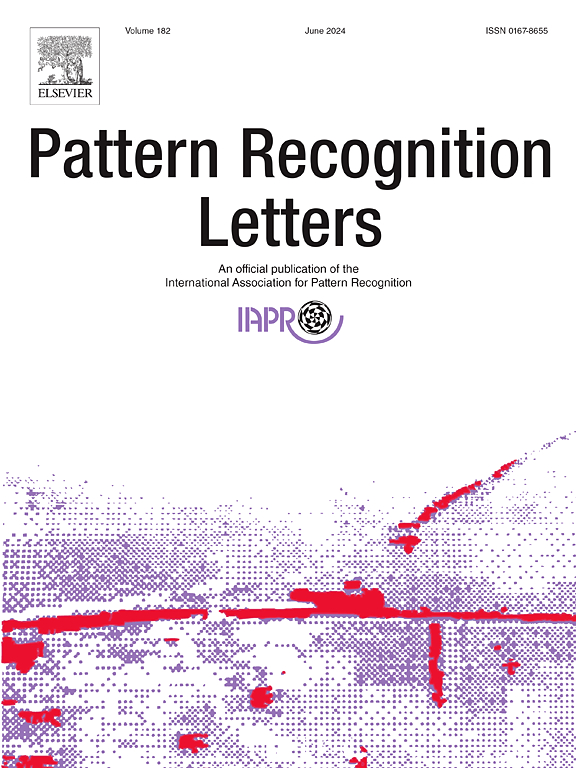Cellular spatial-semantic embedding for multi-label classification of cell clusters in thyroid fine needle aspiration biopsy whole slide images
IF 3.9
3区 计算机科学
Q2 COMPUTER SCIENCE, ARTIFICIAL INTELLIGENCE
引用次数: 0
Abstract
Multi-label classification of cell clusters is crucial for thyroid computer-aided diagnosis. The intricate spatial configurations and multifaceted semantic annotations inherent in thyroid fine-needle aspiration biopsy whole-slide images (FNAB-WSI) pose considerable obstacles to the precise multi-label classification of cell clusters. Considering the complex spatial structures and diverse label semantics in FNAB-WSI, we propose a multi-label classification method of cell clusters using cellular spatial-semantic embedding. This method effectively processes both spatial structure and multi-label semantic information. To address the challenge posed by limited training data for hard-to-classify categories, our method partially masks easily classifiable cells within the multi-label clusters. The preprocessed cell cluster images are then fed into a weighted down-sampling improved Convolutional vision Transformer (wCvT) encoder model to extract spatial features. The probability scores for each label are subsequently obtained through a multi-layer Transformer decoder that integrates both spatial features and label semantics, thus achieving accurate multi-label classification of the cell clusters. Experiments conducted on a self-built FNAB-WSI cell cluster dataset demonstrate an optimal classification accuracy of 90.26 % mAP, surpassing the highest comparable methods by 4.96 %. Moreover, the model employs a minimal number of parameters, with only 41.91 million parameters, achieving a tradeoff between accuracy and computational efficiency. This means that the proposed method could be utilized as a swift and precise computational intelligence aid for the clinical diagnosis of thyroid cancer.
求助全文
约1分钟内获得全文
求助全文
来源期刊

Pattern Recognition Letters
工程技术-计算机:人工智能
CiteScore
12.40
自引率
5.90%
发文量
287
审稿时长
9.1 months
期刊介绍:
Pattern Recognition Letters aims at rapid publication of concise articles of a broad interest in pattern recognition.
Subject areas include all the current fields of interest represented by the Technical Committees of the International Association of Pattern Recognition, and other developing themes involving learning and recognition.
 求助内容:
求助内容: 应助结果提醒方式:
应助结果提醒方式:


